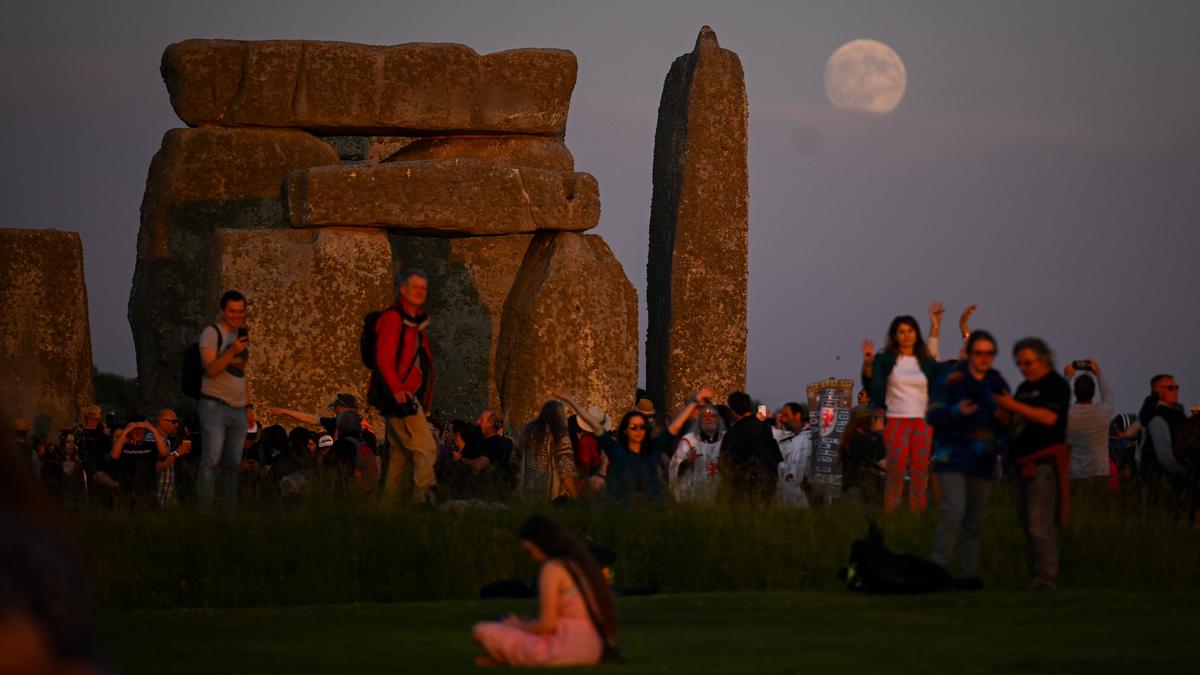
It's summer solstice time. What does that mean?
The Hindu
Here’s what to know about the summer solstice in the Northern Hemisphere
It's time for the start of summer — with a full moon to boot.
Here's what to know about the summer solstice in the Northern Hemisphere on June 20.
The Earth spins on a tilt as it revolves around the sun. The summer solstice occurs for Earth's upper half when the Northern Hemisphere is tilted most closely toward the sun. This also marks the longest day and shortest night of the year.
Around the same time, the Southern Hemisphere is at its most extreme tilt away from the sun, entering winter solstice and its shortest day of the year.
Six months later, the halves will switch it up: The Northern Hemisphere will experience a winter solstice, and the Southern Hemisphere will have a summer solstice.
Equinoxes mark the start of spring and autumn, and happen when Earth's axis and orbit line up such that both hemispheres get an equal amount of sunlight.
The vernal equinox on March 19 kicked off spring, and the autumnal equinox on Sept. 22 will usher in fall.





















 Run 3 Space | Play Space Running Game
Run 3 Space | Play Space Running Game Traffic Jam 3D | Online Racing Game
Traffic Jam 3D | Online Racing Game Duck Hunt | Play Old Classic Game
Duck Hunt | Play Old Classic Game











